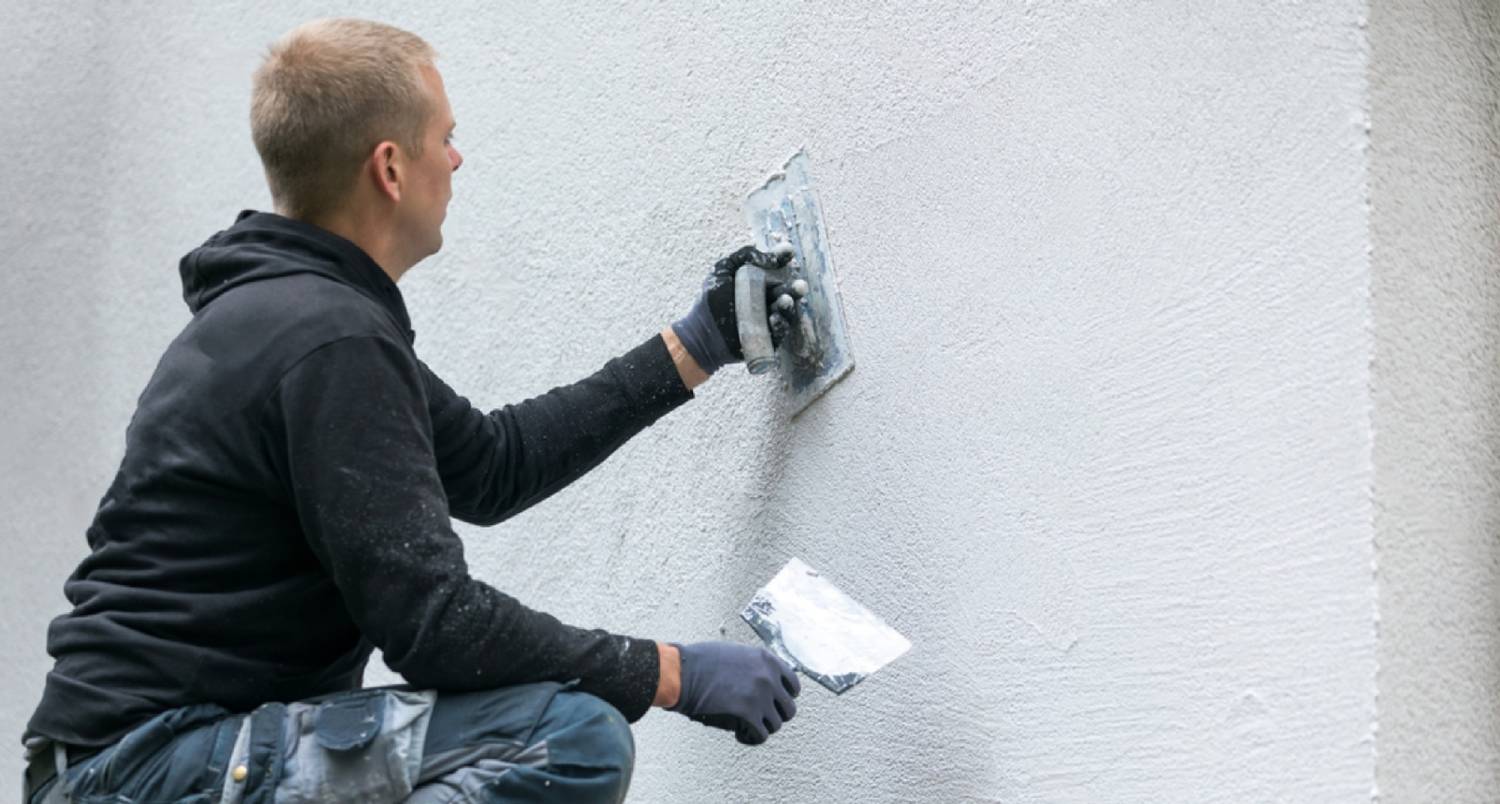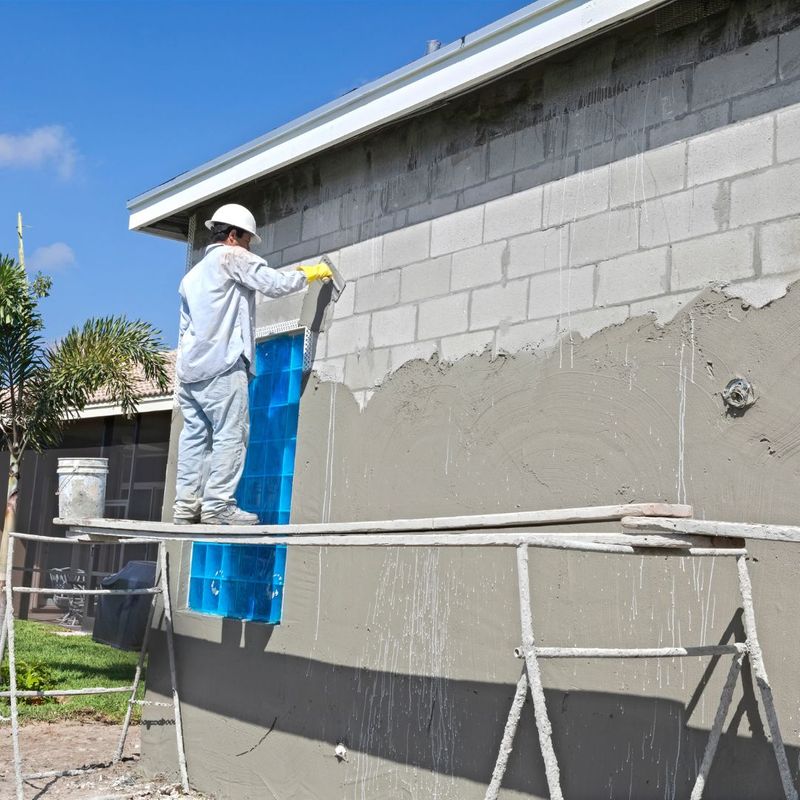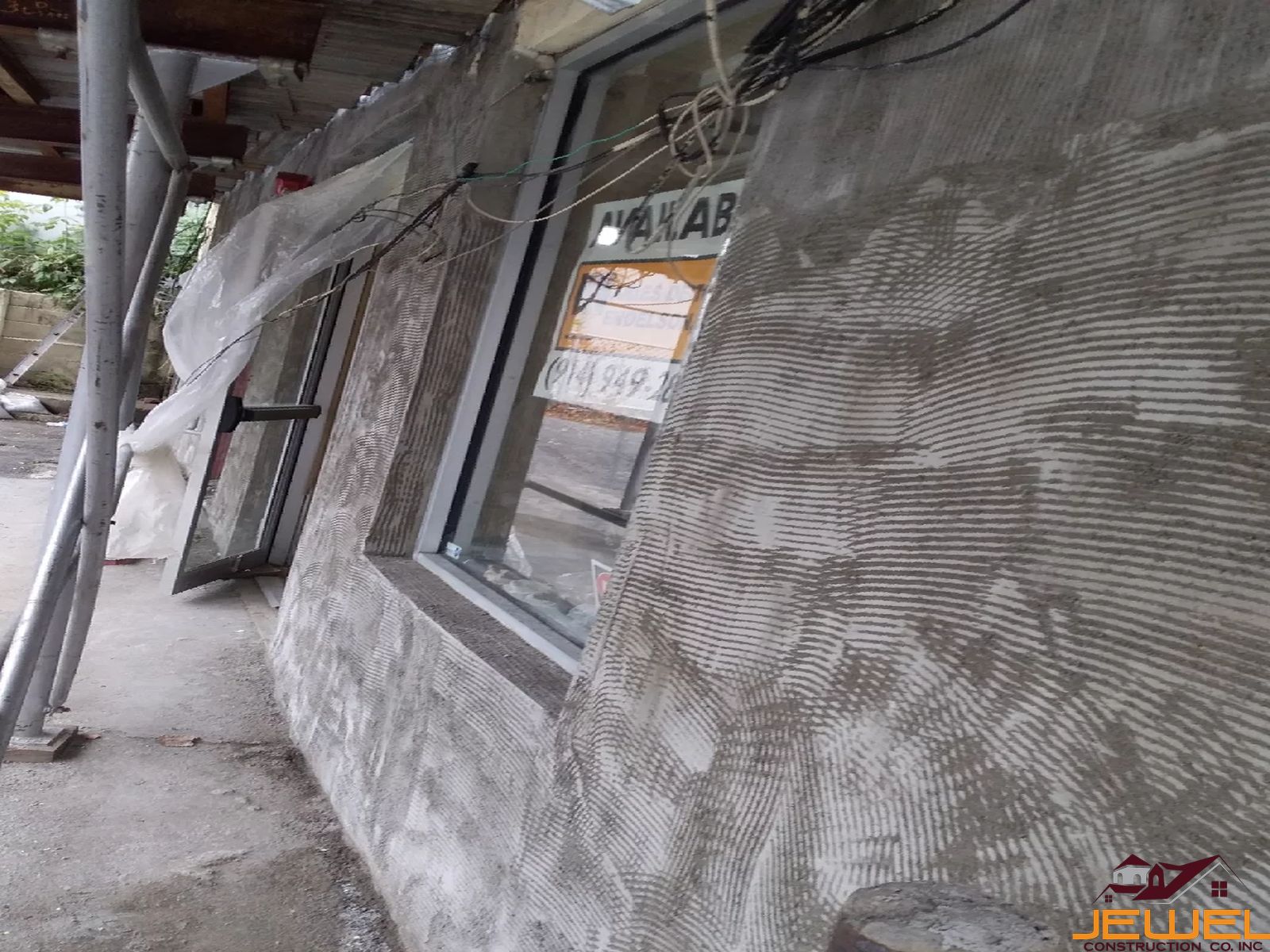Secret Concerns to Ask Before Working With a Stucco Contractor for Your Task
Secret Concerns to Ask Before Working With a Stucco Contractor for Your Task
Blog Article
Checking Out the Convenience of Stucco in Modern Architecture
Stucco has actually long been identified for its visual appeal and versatility, yet its role in modern design warrants a closer exam. By exploring its ingenious applications, from striking facades to energy-efficient layouts, one can appreciate how stucco is redefining the borders of building expression.
Historic Value of Stucco
The historic significance of stucco is profound, as it has played a crucial function in building techniques across various societies for centuries. Stemming in old worlds, stucco was utilized by the Egyptians and Greeks as a flexible and durable surface for both exterior and interior surfaces. Its flexibility to different environments and ability to simulate a lot more costly products made it a favored option.
In the Roman period, stucco came to be a key ornamental aspect, used extensively in public buildings, vacation homes, and temples. The Romans fine-tuned the application strategies, permitting for detailed layouts and relief sculptures. Throughout the Renaissance, stucco experienced a revival, especially in Italy, where it was used in intricate exteriors and ornamental information, showcasing the creativity of the period.

Modern Applications in Style
Stucco has actually located renewed importance in modern architecture because of its convenience and aesthetic charm (stucco contractor). This traditional material is significantly made use of in modern layout, connecting the gap in between timeless and contemporary looks. Engineers and developers value stucco for its adaptability, allowing it to be applied in numerous designs-- from minimalist structures to specify Mediterranean styles
In property jobs, stucco provides a tidy, seamless finish that enhances the visual cohesion of exteriors. Its ability to comply with different forms and surface areas makes it an optimal selection for both brand-new building and constructions and remodelling tasks. Furthermore, stucco's longevity and reduced maintenance needs add to its expanding appeal in urban setups, where lasting products are crucial.
Commercial applications have likewise welcomed stucco, with several services choosing for this material to produce welcoming and distinct shops. Using stucco in public structures, such as schools and community facilities, showcases its capacity for creating visually enticing environments while giving outstanding insulation homes.
Shade and Appearance Technologies
Exploring color and texture innovations in stucco has actually opened new methods for developers and architects, boosting the material's aesthetic influence in contemporary building and construction. Recent improvements in pigment innovation have enabled for a wider range of shades, allowing designers to develop striking facades that incorporate perfectly with their surroundings or stand out as vibrant building declarations. This versatility in color option provides engineers the capability to evoke particular psychological feedbacks and integrate with local visual appeals.
Texture advancements have in a similar way changed stucco applications. Techniques such as troweling, spraying, and stamping have brought about varied surface finishes, varying from smooth and improved to tough and responsive. These variants not only add to the structure's character but also play a crucial role in light communication, enhancing the aesthetic deepness and dimensionality of surfaces.
Furthermore, the introduction of artificial stucco alternatives has broadened layout possibilities, providing improved sturdiness and weather resistance while keeping aesthetic allure. As designers proceed to experiment with cutting-edge color palettes and textured surfaces, stucco remains a pivotal component in modern architecture, showcasing the product's flexibility and classic relevance in contemporary design.
Sustainability and Energy Efficiency
Advancements in shade and appearance have not just boosted the visual appeal of stucco yet also led the way for higher concentrate on sustainability and power effectiveness in modern-day architecture. As ecological problems end up being progressively popular, the building and construction industry is transforming its focus to products that add favorably to eco-friendly balance.
Stucco, composed primarily of natural materials such as sand, concrete, and lime, read this offers a lasting choice to more resource-intensive structure products. Its longevity and durability minimize right here the need for regular replacements, consequently lessening waste and resource consumption with time. Moreover, contemporary stucco solutions often include energy-efficient ingredients that boost insulation residential properties, reducing heating & cooling prices for structures.
The reflective high qualities of stucco can also be engineered to reduce warm absorption, adding to cooler indoor atmospheres and less dependence on fabricated climate control systems. By promoting energy conservation and lowering the carbon impact of frameworks, stucco lines up with the concepts of sustainable design. As contractors and architects take on environment-friendly methods and innovative strategies, stucco stands apart as a functional and responsible choice in contemporary layout.

Case Research Studies of Stucco Projects
The convenience of stucco as a building material is exhibited in different successful architectural jobs that highlight its aesthetic and functional advantages. One remarkable instance is the renovation of the historical Casa de la Guerra in Santa Barbara, The Golden State. Using stucco not only preserved the structure's Spanish Colonial Rebirth design but also improved its longevity and climate resistance, making sure long life while keeping architectural honesty.
Another compelling case is the modern household project, the Cactus House in Scottsdale, Arizona. stucco contractor. This striking home functions a smooth stucco coating that harmonizes with the bordering desert landscape. The stucco's light color mirrors warmth, contributing to energy performance, while the distinctive surfaces add aesthetic passion
In Addition, the Kings Cross redevelopment in London showcases the flexibility of stucco in urban settings. The application of stucco on contemporary mixed-use structures creates a cohesive aesthetic that respects historic context while accepting modern design principles.
These study show how stucco can offer different architectural purposes, from conservation and energy efficiency to visual enhancement, making it a functional selection in modern architecture.
Final Thought
 In conclusion, stucco's historical significance and modern-day adaptability make it a beneficial material in modern style. Its ability to balance classic looks with ingenious design, incorporated with developments in shade and structure, boosts its allure. Stucco's shielding homes contribute additional info to power efficiency, while its lasting characteristics line up with present environmental top priorities. As demonstrated via various situation researches, stucco continues to play a vital function in shaping the architectural landscape of the contemporary period.
In conclusion, stucco's historical significance and modern-day adaptability make it a beneficial material in modern style. Its ability to balance classic looks with ingenious design, incorporated with developments in shade and structure, boosts its allure. Stucco's shielding homes contribute additional info to power efficiency, while its lasting characteristics line up with present environmental top priorities. As demonstrated via various situation researches, stucco continues to play a vital function in shaping the architectural landscape of the contemporary period. 
In verdict, stucco's historical significance and contemporary flexibility make it a valuable material in contemporary architecture.
Report this page